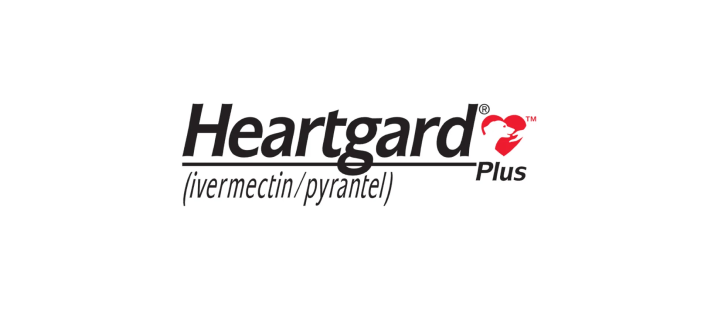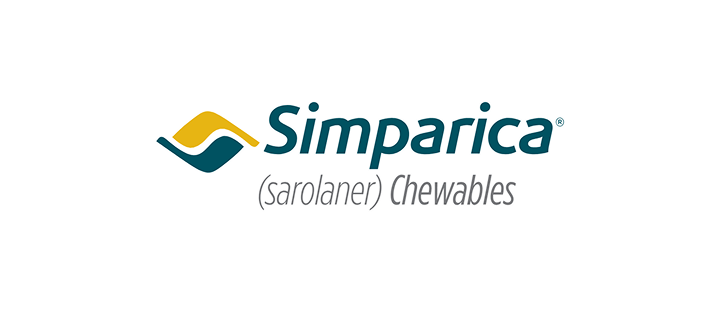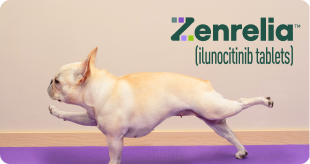Whether you’re getting your horse back in shape in the spring after an inactive winter, preparing for an event, or just trying to keep your senior horse fit and healthy, proper conditioning practices can speed up your horse’s progress while protecting them against exercise related injuries.
Start By Assessing Your Horse’s “Before”
Before you begin a conditioning program, you’ll need to assess your horse’s current state.
What’s their weight? Using weight tape can help you estimate and keep track of changes in your horse’s body condition. You may also want to take photos at different angles to watch for changes in your horse’s physique.
Check your horse’s resting heart rate. It should be between 30 and 40 beats per minute. You’ll also want to check your horse’s heart rate periodically during rides to gauge how they are responding to exercise. Their heartbeat will be between 120 and 180 beats per minute during exercise, depending on how hard they’re working. Also keep note of how long it takes their heart rate to return to their resting rate after exercise.
Starting A Conditioning Program
There is no perfect, ideal conditioning program that works for every horse. Consider your horse’s age, body condition, and your personal goals. Are you on a schedule, preparing for an event? Or are you building up your horse’s condition to improve their health for the long term?
The first few weeks of your horse’s conditioning program should focus on short, easy sessions that build up your horse’s endurance. Start by riding on flat land for about 30 minutes with 5-10 minutes of calisthenics or trotting.
About 20 percent of each session should consist of warm up and cool down time. Warming up improves your horse’s precision, range of motion and speed, with the added benefit of giving your horse a chance to become mentally prepared for an activity. Cooling down helps clear lactic acid from the muscles to reduce soreness and speed up recovery.
Stepping It Up
After about six weeks, you can move onto more challenging exercises. If you’re training for a sport, you can now begin sport-specific activities. Drills should make up no more than 30 percent of the ride. Warming up and cooling down are just as, if not more important as your horse gets stronger.
Keep a journal of your horse’s activities, as well as their vitals and progress they’ve made. Based on your horse’s progress, you can work on gradually increasing their workout intensity and duration. Just make sure you’re not increasing both at once. Overtraining can lead to poor performance and increased risk of illness or injury.
The Importance Of Rest And Recovery
Giving your horse adequate time to rest between rides is crucial to building muscle. You should only work your horse 3-4 days per week. It’s more effective to have two moderate sessions in one day with time to rest in between than it is to have one intense session.
Consider adding a post workout massage to your horse’s conditioning routine. A massage can increase blood flow to the muscles, aiding in recovery and helping to reduce pain and swelling.
A supplement like Missing Link provides nutrients that support joint health and energy levels. It’s also a good way to supply extra calories and help reduce inflammation for faster recovery between sessions.




































